Product
Firmness
Score
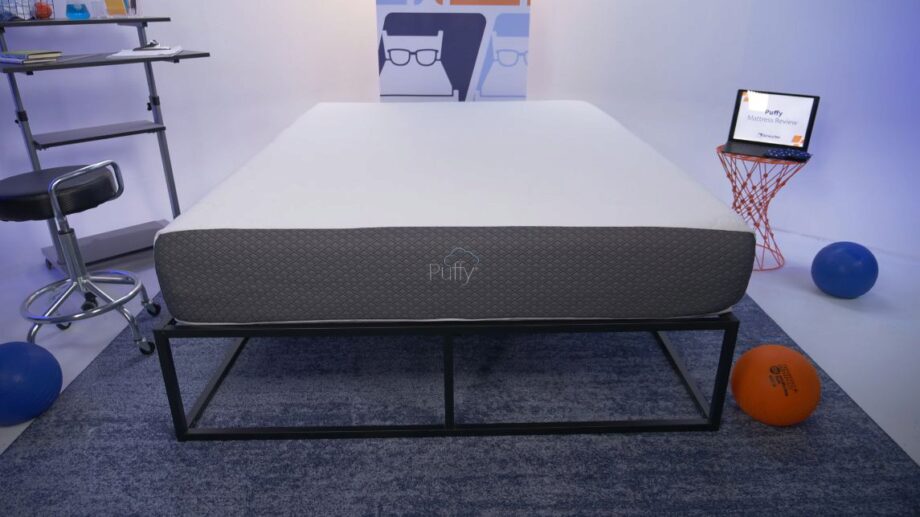
Product
Firmness
Score
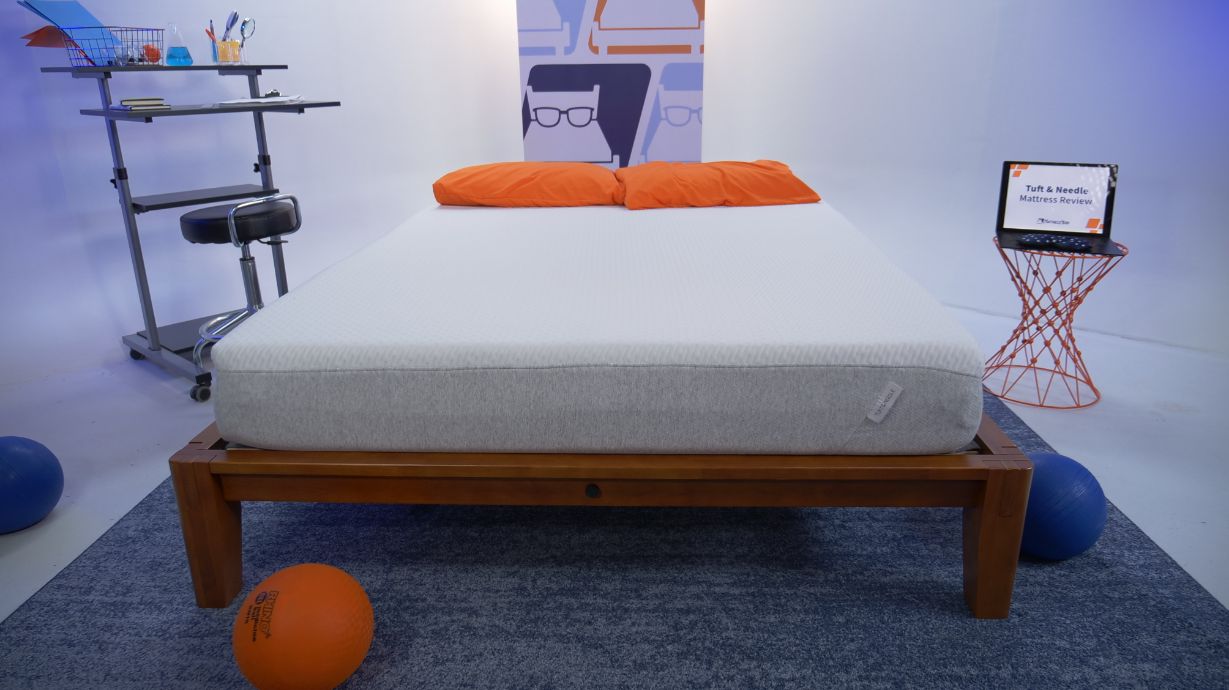
Disclosure: By clicking on the product links in this article, Mattress Nerd may receive a commission fee at no cost to you, the reader. Read full disclosure statement.
The Tuft & Needle is a medium-firm, all-foam mattress that made our list of best mattresses for those on a budget. The Puffy is also a medium-firm, all foam mattress that we consider to be one of the best memory foam mattresses in the bed-in-a-box market. In this comparison, we’re highlighting these beds’ differences and offering our recommendations for who should choose each.
Product
Firmness
Score

Product
Firmness
Score

Product
Firmness
Score
The Tuft & Needle has a simple two-layer construction that’s topped with buoyant comfort foam and anchored by high-density support foam. The Puffy is topped with memory foam above two layers of support foam.
| The Puffy is best for… | The Tuft & Needle is best for… |
| Side Sleepers < 230 lbs | Back Sleepers < 230 lbs |
| Memory Foam Lovers | Combination Sleepers |
| Couples Concerned About Motion Transfer | Budget-Conscious Shoppers |
Read our full Tuft & Needle Mattress Review for more information.
Read our full Puffy Mattress Review for more information.
Mattress firmness and the way it feels are major factors in whether or not it will work for you, which is why we’re covering them next.
Mattress firmness is measured on a firmness scale from 1–10, with 1 being softest and 10 being firmest. The Puffy and Tuft & Needle mattresses both have a medium-firm firmness level, but we think the Puffy is a little softer. During our lab testing, we gave the Puffy a 6/10 and the Tuft & Needle a 7/10.
Since the Puffy is topped with memory foam, you’ll notice a slower response time when you change position. It has a doughy feel that’s commonly associated with memory foam. The foam on top of the Tuft & Needle has a much more rapid response time, which makes it a good choice for those who frequently change sleeping positions at night.
The doughy feel of the Puffy means that it conforms to your body while you sleep, cushioning pressure points and contouring under your curves. Memory foam does retain some body heat, so you may need only a light comforter on this bed. The Tuft & Needle cushions your body, but you likely won’t sink as far into the bed. It’s less pressure-relieving to sleep on than the Puffy, but it should stay more temperature neutral.
Tuft & Needle Performance By Body Type & Sleeping Position:
| Body Type: | BACK SLEEPERS | STOMACH SLEEPERS | SIDE SLEEPERS |
| Lightweight (< 130 lbs): | 4 | 4 | 2 |
| Average-weight (130–230 lbs): | 4 | 3 | 4 |
| Heavyweight (> 230 lbs): | 3 | 2 | 2 |
Puffy Performance By Body Type & Sleeping Position:
| Body Type: | BACK SLEEPERS | STOMACH SLEEPERS | SIDE SLEEPERS |
| Lightweight (< 130 lbs): | 4 | 3 | 5 |
| Average-weight (130–230 lbs): | 3 | 3 | 4 |
| Heavyweight (> 230 lbs): | 2 | 2 | 3 |
1 = Very poor, 2 = Not good, 3 = Fair, 4 = Good, 5 = Excellent
The Puffy and T&N both work well for those with average-weight body types, especially back sleepers and side sleepers. These folks are likely to sink deeper into the Puffy than the Tuft & Needle, which means the Puffy offers great pressure relief for side sleepers, but not as much lower back support for back sleepers. The reverse is true for the Tuft & Needle.
Average-weight stomach sleepers will need a firmer mattress to get the lower back support that they need, but they should be OK if they spend only part of the night on their fronts.
Neither of these mattresses is ideal for those weighing over 230 lbs. The Puffy is OK for heavyweight side sleepers, and the T&N could work for heavier back sleepers, but these folks will generally want a taller, more supportive mattress. Stomach sleepers with bigger bodies should definitely look for a firmer, more supportive mattress like those in our best mattresses for heavy people roundup.
With a slightly firmer feel, the T&N can work for lightweight stomach sleepers and back sleepers. The Puffy does a better job of cushioning the shoulders and hips of lightweight side sleepers, and it’s also firm enough for back sleepers under 130 lbs, but not stomach sleepers.
Both the Puffy and Tuft & Needle mattresses are made entirely with foam and stand 10″ tall. The Puffy has memory foam, whereas the T&N uses a brand-exclusive comfort foam.
| Puffy Mattress Materials | Tuft & Needle Mattress Materials |
| Stain-Resistant Cloud Cover | Polyester-Blend Cover |
| Cooling Cloud Foam | Adaptive Foam |
| Climate Comfort Foam | High-Density Polyfoam |
| Firm Support Foam |
No attachment found (5642)
Both mattresses have breathable fabric covers. Puffy specially designed their cover to be stain-resistant.
The Tuft & Needle mattress is constructed with only two foam layers. The first layer is T&N’s custom-made Adaptive foam, which mimics the feel of memory foam and the springiness of latex. It’s also infused with cooling materials like graphite and gel.
The Puffy mattress is topped with gel memory foam that cradles your body and evenly distributes your body weight, giving the mattress a cloud-like feel. The second layer of foam is slightly firmer and a lot more responsive, which prevents you from feeling stuck in the mattress.
The base layer of the T&N is high-density support foam, which improves stability and prevents you from sinking too far into the mattress. The base of the Puffy mattress is a thick layer of support foam that enhances the structure and stability of the bed.
| Mattress Size | Puffy Price | Tuft & Needle Price |
| Twin |
$1949.00 |
$645.00 |
| Twin XL |
$2099.00 |
$695.00 |
| Full |
$2249.00 |
$795.00 |
| Queen |
$2399.00 |
$895.00 |
| King |
$2599.00 |
$1295.00 |
| Cal King |
$2599.00 |
$1295.00 |
For exclusive discounts on both beds see our Puffy mattress coupons and Tuft & Needle mattress coupons.
Foam mattresses generally retain more heat than hybrid or innerspring mattresses, so it’s no surprise that neither of these beds sleeps particularly cool; however, both are designed with temperature regulation in mind.
Related: Best Cooling Mattresses
The Puffy features a breathable mattress cover and gel-infused memory foam, and the Tuft & Needle is infused with gel beads and graphite. Overall, we felt more temperature neutral on the Tuft & Needle, so it’s a better option for those concerned about overheating at night.
Motion transfer is really only a problem if you share your mattress. Foam mattresses generally isolate motion well since foam is dense enough to absorb movement. The foam comfort layers on top of the Tuft & Needle and Puffy both keep motion transfer to a minimum, though we noticed this the least disturbances on the Puffy.
If you share your mattress or use the sides of the bed to get ready in the morning, this performance category is for you. As all-foam mattresses, neither the Puffy nor the Tuft & Needle offer exceptional edge support. This is especially true for the Tuft & Needle.
We felt more secure on the Puffy, but if edge support is important to you, we recommend considering a hybrid mattress or one with reinforced edges.
We measure pressure relief by lying in different positions on a pressure map on top of a mattress. The map shows us areas of high and low pressure. Ideally, we’ll see very little pressure around sensitive pressure points like shoulders and hips.
After testing both of these mattresses, we think the Puffy provides a little more pressure relief than the Tuft & Needle. That means it’s a better choice for strict side sleepers, since they put a lot of weight on their shoulders and hips.
Pressure relief and spinal alignment are key to pain relief from your mattress. Spinal alignment is just a technical way of saying good sleeping posture. The Puffy offers better pressure relief, but average-weight side and back sleepers should also get enough cushioning on the Tuft & Needle.
Both of these mattresses do a great job of evenly distributing your body weight, so they promote excellent spinal alignment. Much like sitting or standing, your posture while lying down can have a big impact on your spinal health—and whether or not you experience back pain. The only sleeper type who should avoid both beds is stomach sleepers, especially those over 130 lbs. Instead, choose a better mattress for stomach sleepers, which is one that’s firm and supportive.
As all-foam beds, both of these mattresses should last at least five years. With that said, the Tuft & Needle is a value mattress, so we think the Puffy may last a year or two longer. Both mattress companies protect their customers against manufacturing defects with warranties.
Tuft & Needle gives their mattress customers in the contiguous U.S. free shipping (deliveries to Alaska and Hawaii incur an extra fee). The 100-night sleep trial begins on the day your new mattress is delivered and includes free returns. You’re eligible to receive a replacement mattress or repairs if yours develops certain manufacturing defects during Tuft & Needle’s 10-year warranty period.
Puffy offers free shipping in the contiguous U.S. (extra shipping fees apply to Alaska and Hawaii), as well as a 101-night trial period and free returns. They also protect their mattresses with a Lifetime warranty, which is a big step up from the warranty period for most online mattress companies. As long as you’re the original owner of the mattress, you’re eligible to receive free repairs or a replacement mattress if yours develops certain defects.
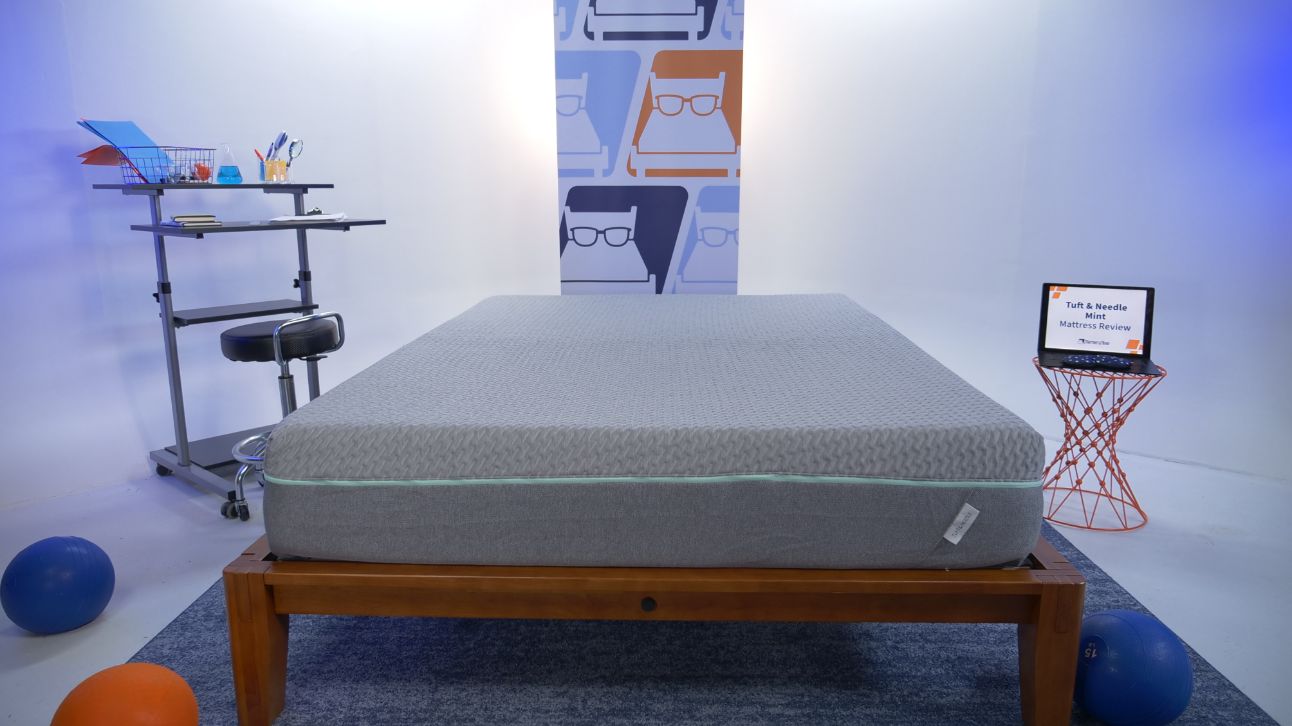

Financing options are available for this mattress.
See our Tuft & Needle Mint Mattress Review to learn more.
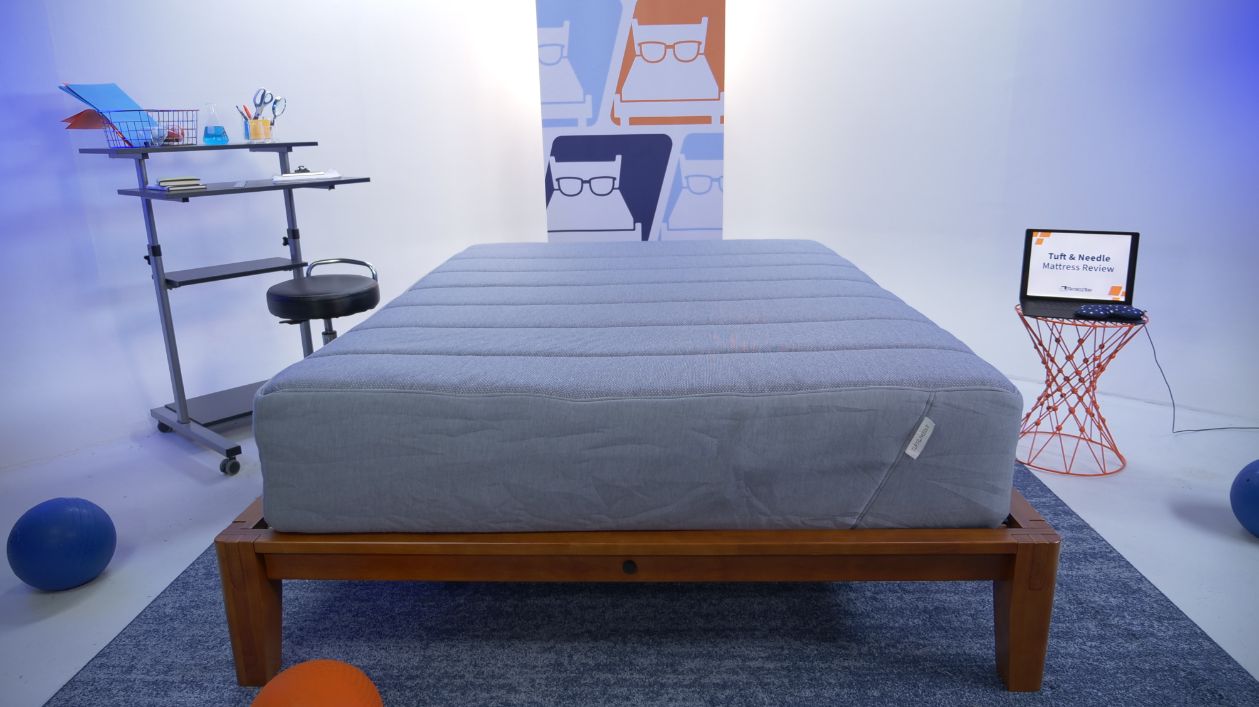

Financing options are available for this mattress.
See our Tuft & Needle Hybrid Mattress Review to learn more.
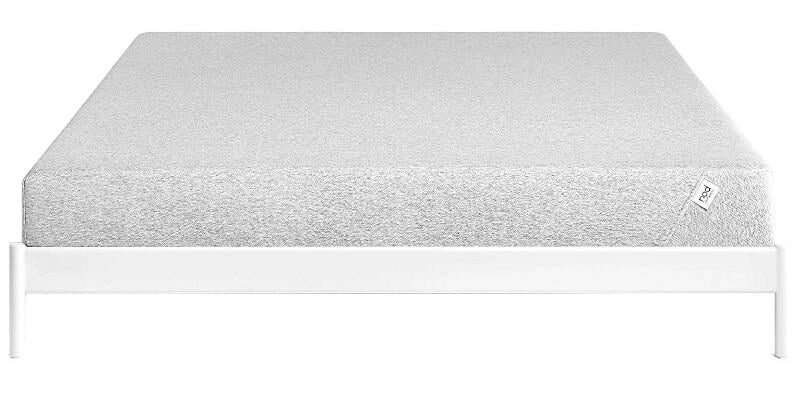

Financing options are available for this mattress.
See our Tuft & Needle Nod Mattress Review to learn more.


Financing options are available for this mattress.
See our Sam’s Club X Tuft & Needle Mattress Review to learn more.
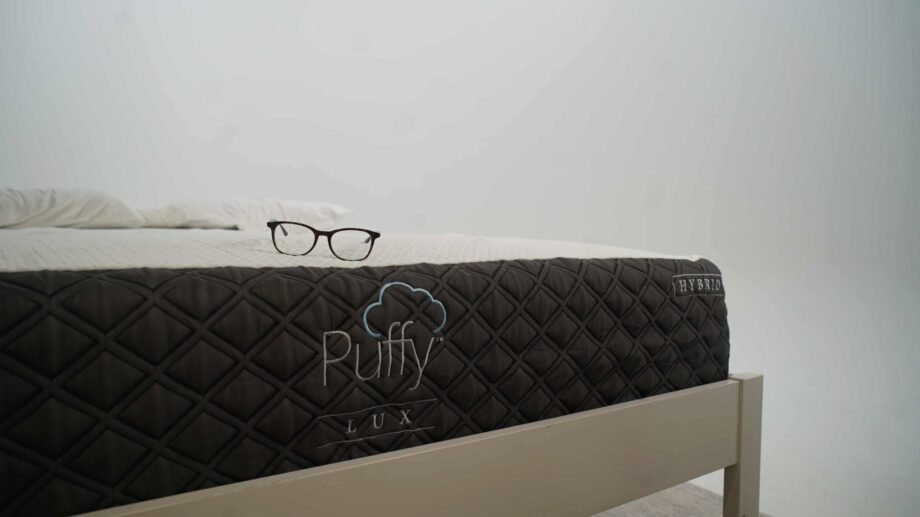

Financing options are available for this mattress.
See our Puffy Lux Hybrid Mattress Review to learn more.
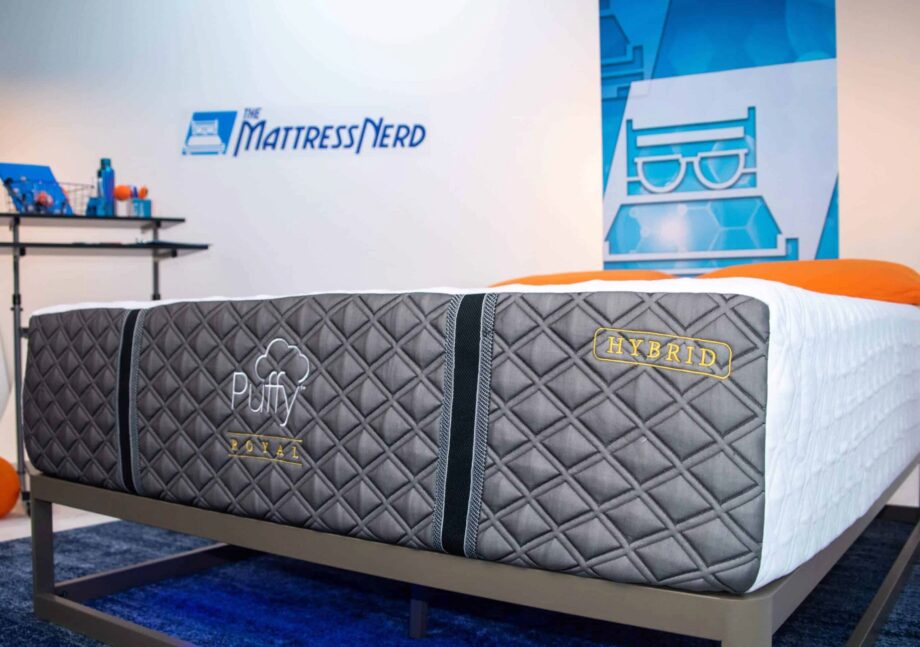

Financing options are available for this mattress.
See our Puffy Royal Hybrid Mattress Review to learn more.
If you love the close, contouring feel of foam, you won’t go wrong with either of these mattresses. We recommend the Puffy to side sleepers, since it offers a little more pressure relief. Lightweight stomach sleepers should get enough support on the Tuft & Needle, though average-weight and heavyweight stomach sleepers should opt for a firmer mattress. Back sleepers could go either way.
If price points are your main concern, you’ll save $250–$350 on the Tuft & Needle mattress, though Puffy offers a Lifetime warranty that’s tough to beat. They both have generous trial periods, so pick the one that’s best suited to your needs and give it a try!
The Puffy mattress is better for side sleepers because it''''s slightly softer and offers better pressure relief. It''''s also a good fit for back sleepers and couples. The Tuft & Needle mattress is a little firmer and more responsive, so it''''s best for back sleepers and combination sleepers.
The main difference is that the Puffy is made with memory foam and the Tuft & Needle is made with gel- and graphite-infused polyfoam. The difference in materials means that the Puffy is doughier, more pressure-relieving, and slower to respond to movement. The T&N should sleep cooler and respond faster.
The Tuft & Needle will likely sleep cooler than the Puffy because it''''s made with polyfoam, whereas the Puffy is made with memory foam. With that said, neither mattress will be especially cooling, so we recommend that those prone to overheating choose a mattress with a coil base layer.